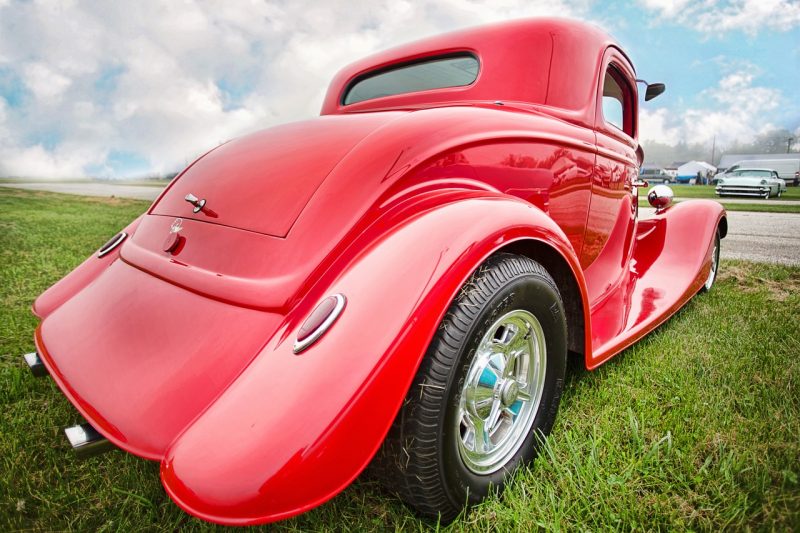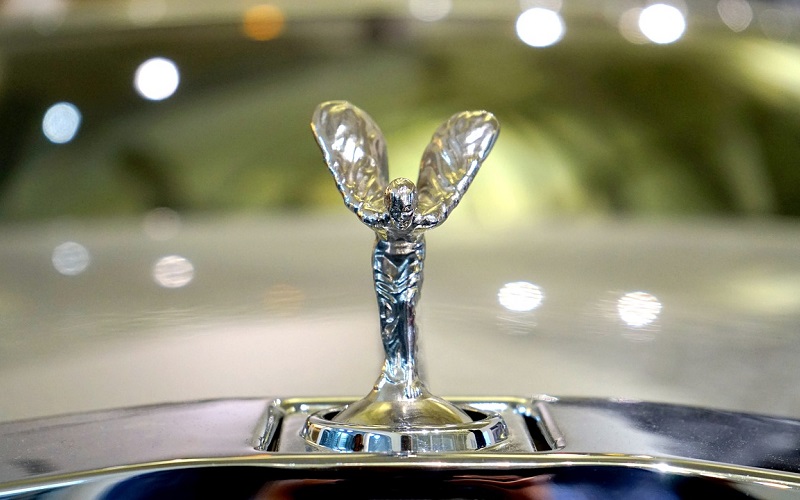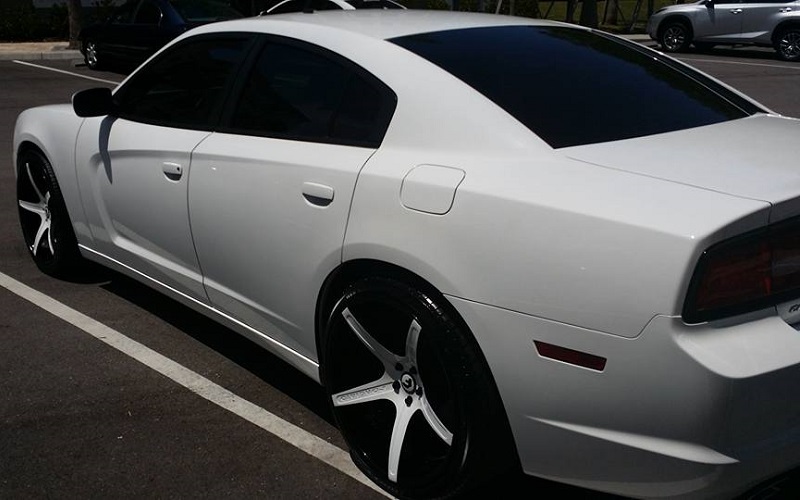Searching for a guide on buffing a car? Look no further because we have created one for you. Think of it as our holiday gift to you! Be aware, however, that buffing a car is a job best done by the pros. But if you want to do it yourself, this guide can help you out.
Buffing a Car: A Complete Guide
Why Do You Need to Buff Your Car?
There are several reasons why you need to buff your car. It can give your vehicle that much-coveted sleek, shiny look by removing oxidation, minor paint swirls and scratches, and etching. Plus, it rejuvenates the appearance of your headlights.
Is Buffing Different from Polishing?
No, but they are connected. Buffing comes before polishing. However, to protect vehicle paint damage from dry buffer heads, a small amount of wax (this is also used for polishing) is necessary. Buffing is done to remove surface imperfections while polishing is for enhancing the surface’s appearance.
What Problems Does It Fix or Prevent?
Time and nature’s elements can wreck havoc with your car’s surface. Among the most predominant issues that buffing can fix or prevent are:
- Yellowing, foggy headlights
Headlights are made of hard plastic that can turn foggy and yellowish with time and UV rays from the sun. This can compromise road safety as this can affect the performance of your headlights. Buffing them after sanding can remove the layer that have turned foggy and yellowish.
- Dull paint
As with the headlights, paint can lose its luster due to the passage of time and nature’s elements. Buffing a car can reveal a fresh layer that looks shiny and new.
- Paint swirls and scratches
Minor swirls and scratches lie just on the paint’s clearcoat and buffing can remove them. This can reveal a fresh layer of paint that looks shiny and new.
- Premature rusting
Buffing can remove oxidation, the whitish substance on your vehicle’s paint that can lead to rusting later on.
Buffing a Car: How to Do It
Safety First!
Before buffing a car, it is very important to wear the right gear:
- Gloves to protect your hands
- Goggles to keep dust from the buffing away from your eyes
- A mask so you don’t accidentally inhale dust from buffing.
- Step 1 – Clean it
Clean the surface with water and organic car shampoo. This is to make sure that contaminants will not get trapped into the buffing pads as these can scrape the vehicle’s paint. For a totally clean surface, steam clean it. Then dry your car thoroughly.
- Step 2 – Clay bar it
Using a clay bar is recommended for removing minor imperfections and haze. Then wipe down the surface with a microfiber towel to remove residues.
- Step 3 – Buff it
Put some polish on the applicator pad so it will glide smoothly on your vehicle’s surface. Don’t skip this step because a dry pad can damage the paint. Then buff the surface using small, circular motions, a section at a time. Polish carefully until a thin film is left behind.
Buffing a Car: 3 Methods
There are three ways to buff a car. You can use the following:
- Manual buffer
As the term implies, this type of buffing is performed by hand. All you need are some microfiber towels and polish or rubbing compound. You simply put a sufficient amount of polish or rubbing compound on one microfiber towel then use this for scrubbing your vehicle’s paint. Then polish the surface with a new microfiber towel. This is the recommended method for people who do not have experience buffing a car as it is relatively safe. Be aware however, that this method is only for polishing surfaces and not intended to repair swirls and scratches.
- Orbital buffer
If you have a little experience with buffers, then an orbital buffer might be the best option for you. It doesn’t produce as much heat as the high-speed but provides better, faster results than the manual buffer. This can repair minor swirls and scratches and give your vehicle a shinier, sleeker look.
- High-speed buffer
The high-speed buffer gives the best results at half the time. However, this is best handled by professionals as this can generate a lot of heat which can burn the paint. Used properly, this buffer can repair deeper scratches and restore the beauty of your vehicle’s paint, giving it a like-new appearance.
Needed Supplies
The supplies you’ll need will depend on the method you use:
For manual buffing:
- Car wash soap or shampoo
- Wool mitts
- Steam cleaner
- Microfiber towels
- Clay bar
- Carnauba wax
- Rubbing and cutting compounds
For orbital buffing and high-speed buffing:
- Car wash soap or shampoo
- Steam cleaner
- Microfiber towels
- Clay bar
- Orbital or high-speed buffer
- Buffer pads
- Cutting and polishing compounds
- Carnauba wax
- Wool or foam pads
Types of Buffer Pads
There’s a right buffer pad for your type of needs. If you need something aggressive, then a 100% wool pad is what you need as it can cut through paint. For less aggressive purposes, a foam buffer pad will do. Their aggressiveness varies too, depending on the sizes of the individual cells. The larger the cell size, the more aggressive the buffer pad is.
Do Different Paint Types Require Different Procedures?
Contrary to what most people believe, car paint varies from vehicle to vehicle, brand to brand. The thing to consider is paint hardness. This happens due to the brand, thickness and quality of paint used, the region, season and the year when it was applied, and other factors.
In fact, car paint quality and thickness is a factor that separates low-cost vehicles from luxury cars. The first typically have softer paint that can scratch easily. Asian cars usually use this type of paint. Harder paint are mostly used on German and luxury cars. That’s why they are more resistant to swirls and scratches.
But these are just generalizations. We’ve had some experience where cars of the same make and country of origin had different paint hardness.
So how do you find out if your car’s paint is soft of hard?
There are scientific methods of finding the hardness of your vehicle’s paint. According to Detailing Wiki, there are three main types of hardness measurements: scratch, indentation, and rebound.
- Scratch hardness measures the resistance of paint to permanent damage due to friction caused by a sharp object. There are two tools to measure this – the Moh’s Scale and the pocket hardness tester.
- Indentation hardness, on the other hand, measures how resistant paint is to damage from constant compression. This can be measured by Rockwell, Shore, Brinell or Vickers scales.
- Rebound or dynamic hardness measures paint elasticity. This can be measured with a scleroscope.
But what if you don’t have access to paint hardness tools?
The best way is to start buffing on a small, inconspicuous area of your vehicle’s paint with the least aggressive buffer pad. If you can remove swirls and scratches with a medium abrasive buffer pad in 4-5 passes, then continue working. Now, if you don’t feel confident working with a buffer, your safest bet would be a pro. Otherwise, you might leave unsightly buffer marks which can lead to costly paint repair down the line.
For deeper scratches, you might need to perform wet sanding. Again, do this on a small spot in the affected area. Secure the spot with masking tape to avoid damaging surrounding areas.
Recommended Products
The right products depend on your vehicle’s paint and the issues it has:
- Mother’s California Gold Synthetic Paste Wax. If you’re looking for that deep, sleek, and long-lasting shine, this product does it well. Be aware, however, that it takes time to apply and dry.
- Meguiar’s Auto Detailing Products. Their line of products might be more expensive than others, but we recommend them due to their superior results.
Cost of Buffing a Car
Buffing a car varies from detailing shop to detailing shop, region to region. But here’s a thought – quality detailers will not give you an estimate without seeing the actual damages first. They will just suggest the repairs needed. The best way to find out is to do careful research before committing to a particular service. Online, you can contact detailing shops through their websites. Send them an email, attaching some photos so they can assess what needs to be done. Ask their rates for such services.
Offline, you can call or visit their shop and ask for their rates. You can also ask your neighbors, family and friends for suggestions.
Also try to look for special discounts. Detailing shops typically offer monthly specials or gift certificates. Beware, however, of deals that look too good to be true. Chances are, they’re offering something at jacked-up prices.
For best results, schedule an appointment with us. Our highly-skilled, well-experienced detailers can buff your car safely and efficiently at a reasonable price.
Enjoyed this post? Sign up for our newsletter to receive more valuable tips, ideas, coupons, and extras!





